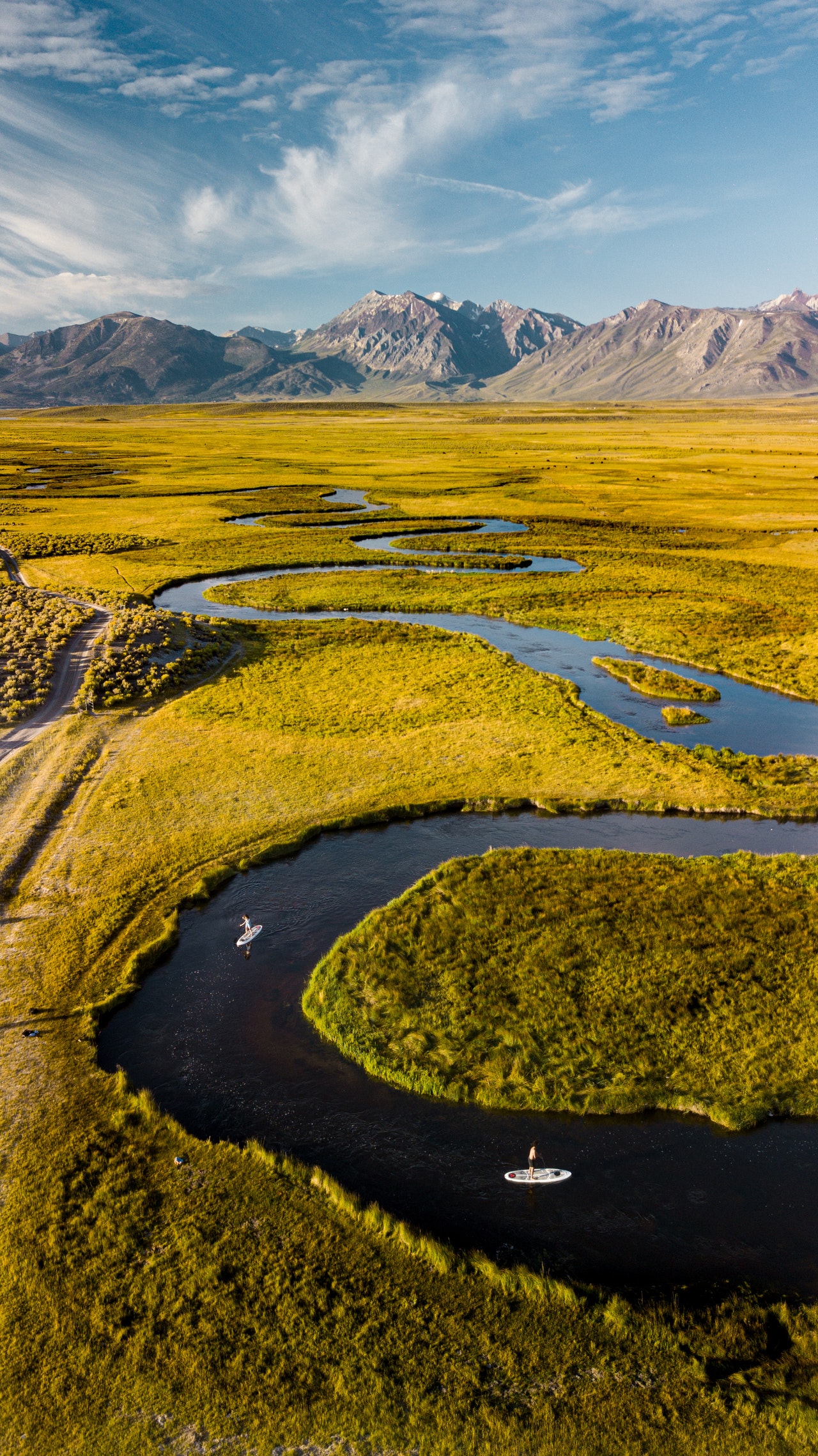The Highland Park Ravine Project is a dynamic effort to understand, restore and promote the value of the unique ravine ecosystems in our community. We hope this project will create a ripple effect along this part of Lake Michigan, encouraging residents and other communities to become good stewards of their land and water.
These distinctive geologic landforms are rare and vulnerable, and our town is home to more of them than any other community on the Northshore. They represent the last natural drainage to Lake Michigan, one of the world’s greatest freshwater resources.
About Our Project
Our Partners
We work to protect the ravine environment through partnership with the City of Highland Park, the Gary Borger chapter of Trout Unlimited, Highland Park High School, local elementary schools and countless other members of the community. Our efforts are supported by the USEPA’s Great Lakes Restoration Initiative (GLRI), the US Army Corps of Engineers Great Lakes Fishery and Ecosystem Restoration (GLFER) program and the IDNR’s Illinois Coastal Management Program (ICMP).
The Restoration Process
On their way upstream, pools are natural places for fish to rest and hide from predators. Fish ladders were built to allow fish to move upstream more easily, from pool to pool. Rock overhangs were constructed above the pools to provide additional places to hide.
These are designed to mimic natural cover such as tree roots that hang out over cuts in the banks. Streams are naturally narrow and meandering with varied flow and depth. Urban streams become broad straight and uniformly shallow due to erosion. A key part of restoration has been renewing stream structure so the flow is deeper, varied and better directed.
How Sustainable are Our Efforts?
Streams are dynamic systems that change daily, seasonally and annually. Part of our work is documenting these cycles. We want to make sure that the restoration we do now will function in the future. We need to understand how the structures we build (pools, riffles, shelters and passageways) adapt to fluctuating flows. In part, our success will depend on identifying and addressing issues in the watershed as a whole. We monitor which species reside in the stream – like aquatic insects and fish – and take part in regional data collection. We especially look to find indicator species, those that need relatively clean, clear water to thrive. The presence of these species is reassurance that we are restoring this land to a healthy and thriving ecosystem.
A critical goal of this project is to foster a sense of stewardship for the ravines and lake in our community. One example has been working with the Environmental Science classes at Highland Park High School. Students visit the stream and learn about four key concepts: watershed ecology, water monitoring practices, macro invertebrate and fish studies.
In recent years, hundreds of students from NSSD 112 have had have a unique opportunity to learn about ravines first hand. During April and May, Heller Nature Center staff led 5th grade students in science based field trips to learn about water quality, life cycles and healthy habitat.
Another example of our education efforts has been support of the Trout in the Classroom project, in which students raise rainbow trout in their classroom then released the fish into Lake Michigan. Our hope is that these fish will return in a few years to spawn in our ravines. If they do, that will be an indicator that the ravines are a healthy habitat for local wildlife.
History of the Ravines
The ravines are relatively new features on the land. They are younger even than the lake bluffs (moraines) that were formed 10,000 years ago when the last ice age left deposits of glacial till along the lakefront. Over time, as water ran off over the moraines and into the ancient lake, it cut into the bluffs and formed the channels that we know as the ravines today. In Highland Park, rain that falls east of Green Bay Road (which is a sub-continental divide) drains to the Lake Michigan Watershed. These ravines are the signature feature of the Lake Michigan watershed in our community. Together with other ravine systems along the north shore, they represent one of the last natural drainages to Lake Michigan in Illinois.
Goals Moving Forward
As an ongoing project we have many goals moving forward and an ultimate vision of our streams as healthy habitats for our whole community to enjoy. Some of these goals include:
- increasing awareness and engaging the whole watershed to care about this ecosystem,
- increasing species diversity of plant and animal life,
- continuing to research and record biotic and abiotic health in the water,
- develop a watershed plan that addresses many issues, including:
- partnering with neighboring landowners to restore the ravines more completely,
- fostering better storm-water practices throughout each ravine sub-watershed,
- curtailing natural and man made erosion that constantly changes the land we restore,
- addressing changes in land use such as increases in impervious surface areas,
- adapting to changes in the climate that impact which plant and animal species thrive in this ecosystems, and
- controlling invasive species on private and public property that cuts off sunlight to native ground cover plants, leaving bare and easily eroded soil.
History
Resources








